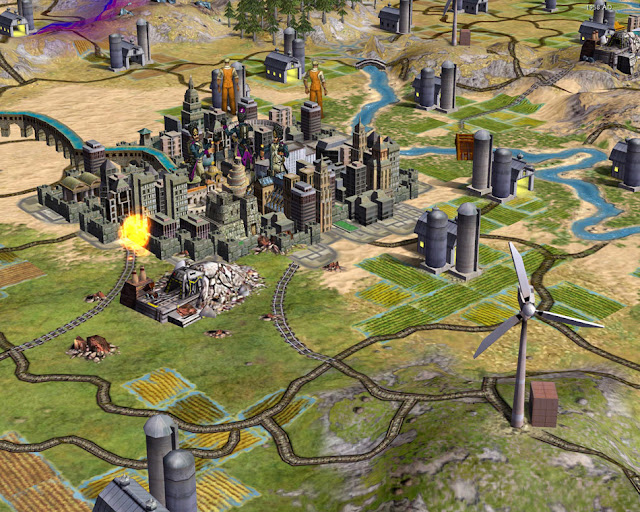Polarity Free Download [2023]
Polarity Introduction:
In 1985, Canadian artist and designer Douglas Seaton introduced a game known as Polarity, which saw its first publication in 1986. Over the course of the past four decades, this game has experienced a turbulent history, changing hands among different production companies. Notably, it has been published by Telemotion Technologies, Irwin Toy, had a brief stint with Mattel, and most recently found its home with Temple Games. The game is typically packaged in a canvas sleeve and includes magnetic discs, a game board, and a paper rulebook. It's worth noting that there's another unrelated game with the same name published by a company called Mindwalk.
The objective of Polarity is to accumulate points by forming stacks of discs. These playing pieces are magnetic discs, featuring one white side and one black side, representing north and south magnetic polarities, respectively. The only exception is a neutral central disc, which is colored red.
Gameplay:
Gameplay commences with one player tossing the central red disc to determine which player will use which color/magnetic polarity. Each player then places 5 'foundation discs' of their respective color, beginning with the white player. There are no specific placement restrictions aside from ensuring that the discs remain within the outer circle and do not touch the red disc.
Subsequent turns involve players strategically positioning additional discs within the play area, using the magnetic fields of existing pieces for support. These additional discs are referred to as 'leaners.' Any moves that disrupt the stability of the pieces in play, causing them to fall or stick together, are known as 'faults' and result in the end of a player's turn. If a fault causes two or more pieces to come into contact, the opposing player has the opportunity to capture those pieces by forming them into towers, which ultimately score points at the end of the game. Sometimes, players intentionally create faults, causing their own pieces to lie flat on the playing surface, making it easier to add more pieces.
Final Words:
The game concludes when one player exhausts their supply of pieces or if a piece touches the central red disc. The winner is determined by the total points scored, which depend on the number of pieces in towers of a player's color and the pieces remaining in the opponent's hand.
Tame the Board Game, a game review site, cautioned that Polarity is not a quick game and demands a certain level of skill, dexterity, and attention to play effectively—especially if you aim to improve your skills after understanding the rules. Nonetheless, the review concluded that despite its initial complexity, the game becomes easier to play with a bit of practice.


.jpg)
.jpg)
Comments
Post a Comment